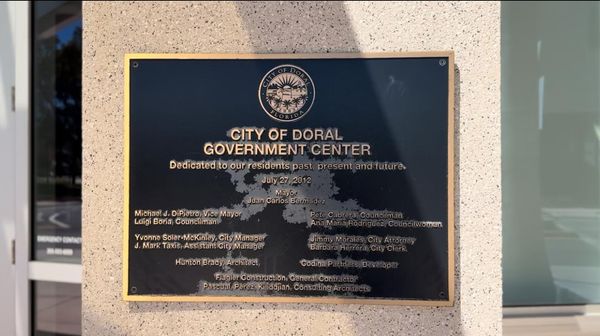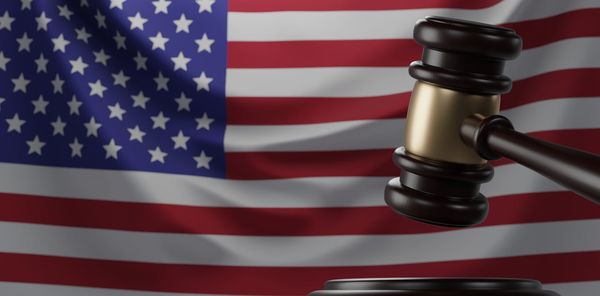Bombardier Recreational Products (BRP) might not be a household name, but chances are that even casual powersports enthusiasts know some of its products. Whether you ride a Ski-Doo or a Lynx snowmobile in winter, a Sea-Doo personal watercraft in the summer, or own a machine powered by a Rotax engine, the good folks at BRP may very well have touched your riding life in one way or another.
And that's not even touching Can-Am and its range of side-by-sides, ATVs, three wheelers, and now two new electric motorcycles in the Pulse and the Origin.
It's an uncertain time in the powersports industry right now; so much so that BRP previously slashed its forecast for FY 2025 (which just ended on January 31, 2025 due to the way the company keeps track of its financial reporting). For good reason, too. While other OEMs are undoubtedly feeling the pressure to one degree or another, BRP probably has it worse than most. Why?
It's a company that's been around for a long time—and because that's true, it's established certain ways of doing things. One of the biggest ways it's done this is by manufacturing approximately 75 percent of its vehicles at facilities in Mexico. The remainder are produced at facilities in Canada and Europe; all fine choices when the threat of potentially painful US tariffs wasn't on the table.
But as you've probably noticed (unless you've somehow managed to not pay attention to any news in the past few months), that's not the world we currently live in. At the time of writing, 25 percent tariffs went into effect against most goods from Canada and Mexico on March 4, 2025. Exceptions were granted for some goods for US automakers, but that's not a category that BRP can claim as its own. While the company said that it wasn't previously worried about the tariffs, there's no way that they're not in its discussions now.
As part of the FY2025 presentation, BRP president and CEO José Boisjoli said,
“Looking ahead to fiscal 2026, the ongoing global tariff disputes have created economic uncertainty, making financial projections more challenging at this time. Over the longer term, our strategic decision to double down on Powersports should allow us to solidify our industry leadership by pushing innovation further and capitalizing on growth opportunities. With a product portfolio that is second-to-none, a strong dealer network and a healthy balance sheet, we are well positioned to sustain profitable growth.”
Strong words, of the type you'd expect a CEO to offer when doing an earnings presentation to investors. But as he said, these are uncertain times, and ultimately, how strongly that impact will be felt in Quebec remains to be seen.







